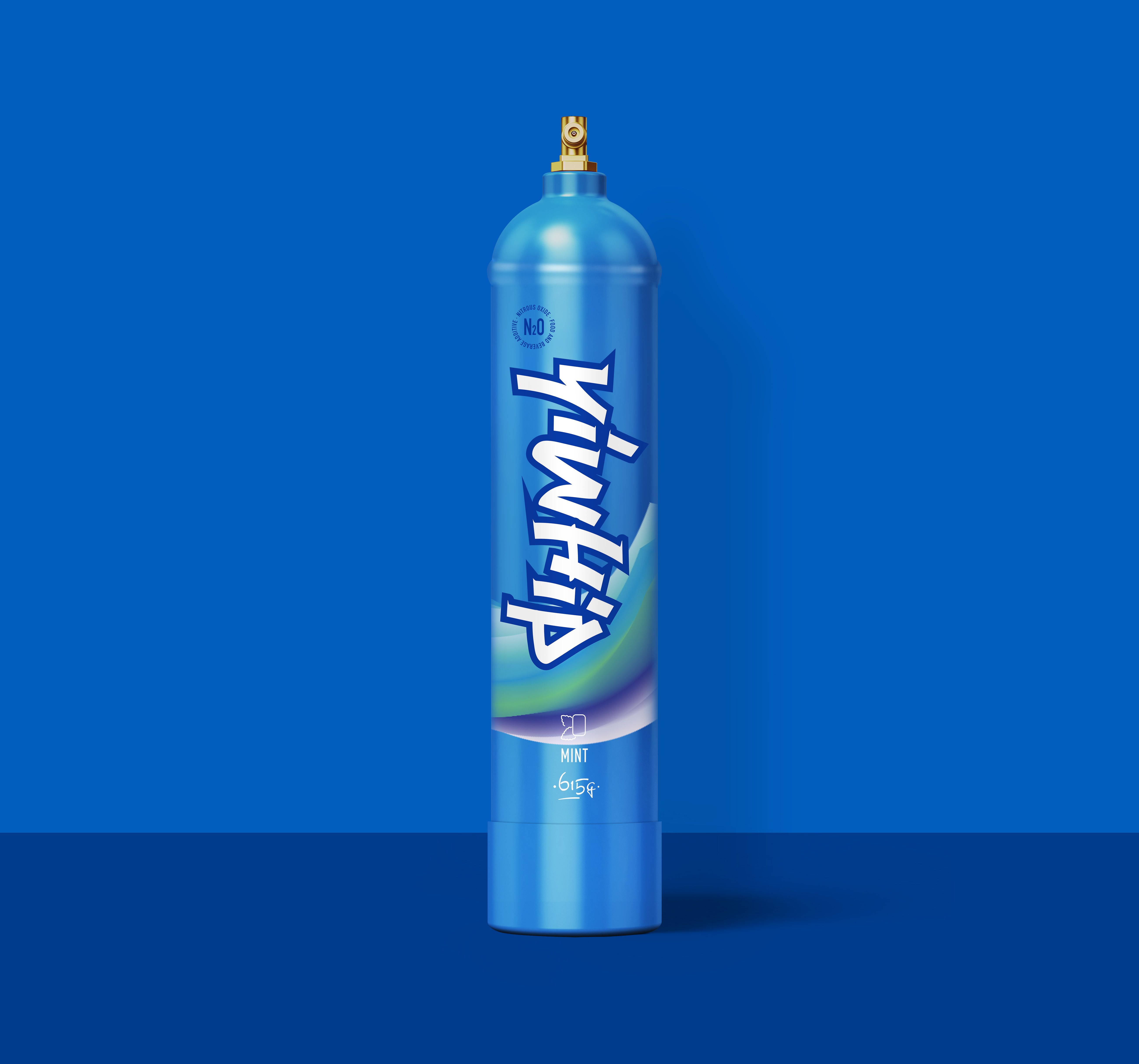In recent years, cream chargers have become a kitchen staple for many home cooks and professional chefs alike. These little canisters filled with nitrous oxide (N2O) are used to create and dispense light, airy whipped cream or can be utilized in various culinary applications. This guide will explore everything you need to know about cream chargers, their benefits, how to use them safely, and some delicious recipes that will unleash your culinary creativity!
What Are Cream Chargers?
Cream chargers, often referred to as whipped cream chargers or N2O chargers, are small steel canisters that contain nitrous oxide gas. When used in conjunction with a whipped cream dispenser, they create a pressure that forces the cream through a nozzle, turning it into fluffy whipped cream. They're not just for whipping cream; chefs have found numerous innovative uses in molecular gastronomy, foams, and even cocktails!
Benefits of Using Cream Chargers
There are several benefits associated with using cream chargers in your kitchen:
- Speed: Cream chargers allow you to whip cream much faster than traditional methods, making them ideal for busy kitchens.
- Stability: Whipped cream created using cream chargers tends to hold its shape longer than cream whipped by hand, meaning your creations will look beautiful for an extended period.
- Versatility: Beyond whipped cream, you can infuse flavors into sauces, create foams, and experiment with textures in various dishes.
- Convenience: They are easy to use and can be stored for long periods without losing their effectiveness.
How to Use Cream Chargers Safely
While cream chargers are generally safe to use, there are important safety considerations:
- Always use a compatible whipped cream dispenser to prevent accidents.
- Read the manufacturer’s instructions carefully before use.
- Never inhale the gas directly; nitrous oxide can be dangerous when misused.
- Store chargers in a cool, dry place away from direct sunlight.
Delicious Recipes to Try with Cream Chargers
Here are a few recipes that will help you maximize your creativity when using cream chargers:
1. Classic Whipped Cream
Ingredients:
- 1 cup heavy cream
- 2 tablespoons powdered sugar
- 1 teaspoon vanilla extract
Instructions:
- Pour the heavy cream, powdered sugar, and vanilla extract into a whipped cream dispenser.
- Charge the dispenser with one cream charger.
- Shake the dispenser vigorously a few times.
- Dispense the whipped cream as needed!
2. Flavored Whipped Cream
You can experiment with different flavors by substituting vanilla extract for other flavorings:
- Mint extract: adds a refreshing hint.
- Cocoa powder: for a chocolatey twist.
- Citrus zest: gives a bright, zesty flavor.
3. Raspberry Foam
Ingredients:
- 1 cup raspberry puree
- 2 tablespoons sugar
- 1 cup water
Instructions:
- Mix raspberry puree, sugar, and water until fully dissolved.
- Pour the mixture into your whipped cream dispenser.
- Charge with a cream charger and shake well.
- Dispense and serve as a topping or alongside desserts.
Conclusion
Cream chargers have opened up a world of culinary possibilities for both amateur cooks and seasoned chefs alike. Their ability to create light and airy whipped cream, as well as enhance flavors and textures, makes them an invaluable tool in any kitchen. By following the guidelines and experimenting with creative recipes, you can truly unlock your culinary creativity!
FAQs
1. Are cream chargers safe to use?
Yes, cream chargers are safe when used correctly. Always follow the manufacturer's instructions and safety guidelines to prevent any accidents.
2. How long do cream chargers last?
If stored properly, cream chargers can last indefinitely, as they contain a stable gas. However, check the expiration date provided by the manufacturer for best results.
3. What is the difference between nitrous oxide and carbon dioxide chargers?
Nitrous oxide cream chargers create a creamy whipped texture, while carbon dioxide chargers are often used for carbonation in beverages.
4. Can you use cream chargers for savory dishes?
Absolutely! Cream chargers can be used for creating foams and adding textures to savory dishes, particularly in molecular gastronomy.

